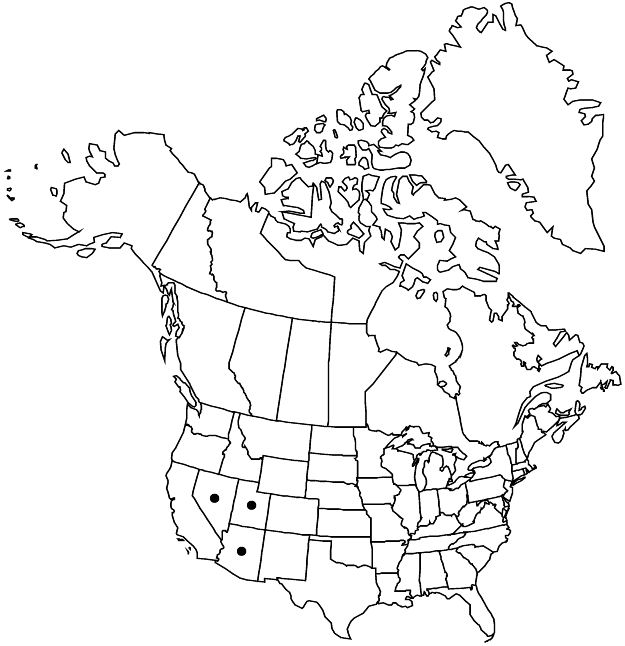Ivesia sabulosa
Lloydia 1: 124. 1939.
Plants ± grayish green. Stems ascending to erect, (1.8–) 2–6 (–6.5) dm. Basal leaves 7–25 (–30) cm; sheathing base usually sparsely strigose abaxially; petiole 1–4 (–5) cm; leaflets 15–40 per side, ± flabellate, 3–14 mm, usually incised to base into 2–3 oblanceolate lobes, ± densely short-hirsute to villous. Inflorescences 10–60-flowered, 4–15 cm diam. Pedicels (1–) 5–20 mm. Flowers 9–14 mm diam.; epicalyx bractlets lanceolate, 1–3 (–3.3) mm; hypanthium interior golden, 1–2 × 3–5 mm; sepals (2.5–) 3.5–6 mm, base golden adaxially, apex acute to acuminate; petals yellow, linear to narrowly oblanceolate, 2–4 mm; stamens 5, filaments 2–4 mm, anthers yellow, sometimes red-rimmed, oblong, 0.6–1.2 mm; carpels 1–5, styles 2–3 mm. Achenes brown, 1.7–2.2 mm.
Phenology: Flowering summer.
Habitat: Dry flats and slopes, on gravelly volcanic or limestone soil, in sagebrush and other desert shrub communities, montane conifer woodlands
Elevation: 1500–2700 m
Distribution

Ariz., Nev., Utah.
Discussion
Of conservation concern.
Ivesia sabulosa occurs from central Nevada and southwestern Utah south to Arizona north of the Grand Canyon.
Selected References
None.
Lower Taxa
"thin" is not a number."dm" is not declared as a valid unit of measurement for this property."dm" is not declared as a valid unit of measurement for this property."dm" is not declared as a valid unit of measurement for this property.
